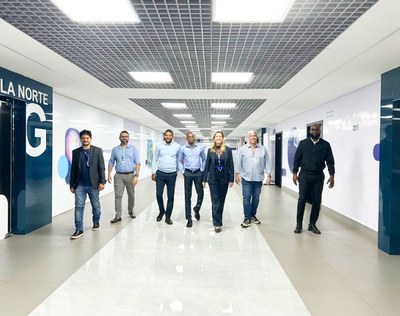Big 5 Construct Ethiopia Opens with Focus on National Priorities and Regional Infrastructure – Africa.com

Report on the Big 5 Construct Ethiopia and East Africa Infrastructure & Water Expo
Executive Summary
The 3rd edition of Big 5 Construct Ethiopia and the inaugural East Africa Infrastructure & Water Expo were held at Millennium Hall in Addis Ababa, concluding on June 28. Inaugurated by H.E. Mrs. Chaltu Sani, Minister of the Ministry of Urban & Infrastructure, the events served as a critical platform for advancing Ethiopia’s development strategy by focusing on sustainable infrastructure, water management, and construction. The proceedings demonstrated a strong commitment to achieving the United Nations Sustainable Development Goals (SDGs), particularly in the areas of infrastructure, clean water, sustainable cities, and global partnerships.
Event Inauguration and High-Level Participation
The events were officially opened in a ceremony attended by key government and industry leaders, signifying a unified approach to national and regional development. This collaboration is central to SDG 17 (Partnerships for the Goals).
- Inaugurating Official: H.E. Mrs. Chaltu Sani, Minister of the Ministry of Urban and Infrastructure.
- Distinguished Attendees:
- H.E. Professor Birhanu Nega, Minister of the Ministry of Education
- H.E. Dr. Belete Molla, Minister of the Ministry of Innovation and Technology
- H.E. Yetemgeta Asrat, State Minister of the Ministry of Urban and Infrastructure
- H.E. Mrs. Helen Debebe, State Minister of the Ministry of Urban and Infrastructure
- Engineer Yonas Ayalew, CEO, Ethiopian Construction Corporation (ECC)
Strategic Summits for Sustainable Development
The co-located East Africa Infrastructure & Water Summit convened policymakers and industry leaders to address development priorities, with discussions directly aligning with several SDGs.
- Integrated Infrastructure for Sustainable Growth: A key session explored the modernization of airports, expansion of power infrastructure, and investment in affordable housing. This directly supports SDG 9 (Industry, Innovation, and Infrastructure) and SDG 11 (Sustainable Cities and Communities). The panel stressed that integrated planning across transport, power, and housing is critical for improving quality of life.
- Clean Water and Sanitation: The summit emphasized sustainable water management and irrigation projects, addressing the core objectives of SDG 6 (Clean Water and Sanitation). Panelists included Engr Hanan Ahmednur, Head of the Irrigation Construction Project Administration Program Office.
- Investment and Partnerships: A session focusing on market opportunities highlighted the necessity of long-term investment, local partnerships, and alignment with national priorities to ensure project bankability, reinforcing the principles of SDG 17 (Partnerships for the Goals).
Exhibition of Sustainable Solutions and International Collaboration
The exhibition floor featured over 180 exhibitors from 20 countries, including China, Germany, Saudi Arabia, and the UAE, showcasing products and solutions designed to advance sustainable development.
Focus on SDG-Aligned Technologies
- SDG 7 (Affordable and Clean Energy): Exhibitors presented solutions aimed at energy efficiency. Signify from Kenya displayed smart LED lighting systems to reduce energy consumption, while Emirates Industrial Panel (UAE) introduced energy-efficient wall and roof systems.
- SDG 11 (Sustainable Cities and Communities): The focus on greener construction practices was evident. USG Middle East showcased lightweight, recyclable materials, and Jotun Ethiopia highlighted durable, low-VOC coatings suitable for the regional climate.
- SDG 12 (Responsible Consumption and Production): The emphasis on durable materials, energy-efficient systems, and advanced waterproofing and insulation technologies from companies like Bitumat (Saudi Arabia) reflects a growing commitment to sustainable production and consumption patterns in the construction industry.
The events will continue with CPD-certified Big 5 Talks, Infra360, and Water360 sessions, promising deeper dives into the challenges and opportunities shaping sectors vital to achieving the Sustainable Development Goals across East Africa.
Analysis of the Article in Relation to Sustainable Development Goals (SDGs)
1. Which SDGs are addressed or connected to the issues highlighted in the article?
- SDG 6: Clean Water and Sanitation
- SDG 7: Affordable and Clean Energy
- SDG 9: Industry, Innovation, and Infrastructure
- SDG 11: Sustainable Cities and Communities
- SDG 13: Climate Action
- SDG 17: Partnerships for the Goals
2. What specific targets under those SDGs can be identified based on the article’s content?
-
SDG 6: Clean Water and Sanitation
- Target 6.1: By 2030, achieve universal and equitable access to safe and affordable drinking water for all. This is addressed through the “East Africa Infrastructure & Water Expo” and discussions on “sustainable water management” and “water resource management.”
- Target 6.a: By 2030, expand international cooperation and capacity-building support to developing countries in water- and sanitation-related activities and programmes. The expo itself, featuring exhibitors from 20 countries and a summit for industry leaders, directly facilitates this cooperation.
-
SDG 7: Affordable and Clean Energy
- Target 7.3: By 2030, double the global rate of improvement in energy efficiency. The article highlights this through the showcase of “energy-efficient MEP systems,” “smart lighting and LED systems” by Signify to “reduce energy consumption,” and “energy-efficient wall and roof systems” by Emirates Industrial Panel.
-
SDG 9: Industry, Innovation, and Infrastructure
- Target 9.1: Develop quality, reliable, sustainable, and resilient infrastructure, including regional and transborder infrastructure, to support economic development and human well-being. This is the central theme of the article, which discusses modernizing airports, expanding power infrastructure, transport, and digital connectivity as part of “Ethiopia’s development strategy.”
- Target 9.4: By 2030, upgrade infrastructure and retrofit industries to make them sustainable, with increased resource-use efficiency and greater adoption of clean and environmentally sound technologies and industrial processes. This is supported by the focus on “greener construction practices,” “lightweight recyclable materials,” and “climate-conscious development.”
-
SDG 11: Sustainable Cities and Communities
- Target 11.1: By 2030, ensure access for all to adequate, safe, and affordable housing and basic services and upgrade slums. The article directly mentions the importance of “investing in affordable housing initiatives.”
- Target 11.6: By 2030, reduce the adverse per capita environmental impact of cities. This is addressed through the promotion of solutions like “low-VOC coatings” and “lightweight recyclable materials that support greener construction practices.”
-
SDG 13: Climate Action
- Target 13.3: Improve education, awareness-raising and human and institutional capacity on climate change mitigation, adaptation, impact reduction and early warning. The expo and its sessions serve as a platform for this by showcasing “solutions designed to reduce environmental impact” and reflecting “a growing commitment to climate-conscious development.”
-
SDG 17: Partnerships for the Goals
- Target 17.17: Encourage and promote effective public, public-private and civil society partnerships, building on the experience and resourcing strategies of partnerships. The article emphasizes this through the gathering of “key voices across government and industry for public and private sector collaboration” and the need for “local partnerships” for long-term investment success.
3. Are there any indicators mentioned or implied in the article that can be used to measure progress towards the identified targets?
-
SDG 6: Clean Water and Sanitation
- Implied Indicator: Implementation of projects related to “sustainable water management” and “irrigation construction,” as mentioned by the Ministry of Irrigation and Lowlands.
-
SDG 7: Affordable and Clean Energy
- Specific Indicator: Adoption of energy-efficient technologies, such as the “energy-efficient wall and roof systems,” “smart lighting and LED systems,” and other solutions showcased that aim to “reduce energy consumption.”
-
SDG 9: Industry, Innovation, and Infrastructure
- Specific Indicator: The adoption rate of sustainable building materials and technologies like “advanced waterproofing and insulation technologies,” “lightweight recyclable materials,” and “greener construction practices.”
- Implied Indicator: The number and scale of infrastructure projects initiated in transport, power, water, and housing, reflecting “integrated infrastructure planning.”
-
SDG 11: Sustainable Cities and Communities
- Specific Indicator: The number of “affordable housing initiatives” being invested in.
- Specific Indicator: The use of sustainable construction products like “durable low-VOC coatings” in urban development projects.
-
SDG 13: Climate Action
- Specific Indicator: The number and variety of “solutions designed to reduce environmental impact” being presented and adopted by the industry, reflecting a commitment to “climate-conscious development.”
-
SDG 17: Partnerships for the Goals
- Specific Indicator: The number of international and local participants in development-focused events (“over 180 exhibitors from 20 countries”).
- Implied Indicator: The number of public-private partnerships formed as a result of collaborations initiated at the expo.
SDGs, Targets, and Indicators from the Article
| SDGs | Targets | Indicators |
|---|---|---|
| SDG 6: Clean Water and Sanitation | 6.1 Achieve access to safe and affordable drinking water. 6.a Expand international cooperation. |
Implementation of sustainable water management and irrigation projects. International participation in water expos. |
| SDG 7: Affordable and Clean Energy | 7.3 Double the rate of improvement in energy efficiency. | Adoption of energy-efficient systems (MEP, lighting, wall/roof panels) to reduce energy consumption. |
| SDG 9: Industry, Innovation, and Infrastructure | 9.1 Develop sustainable and resilient infrastructure. 9.4 Upgrade infrastructure to be sustainable. |
Number of infrastructure projects (airports, power, housing). Adoption of greener construction practices and materials (recyclable materials, advanced insulation). |
| SDG 11: Sustainable Cities and Communities | 11.1 Ensure access to affordable housing. 11.6 Reduce the environmental impact of cities. |
Investment in affordable housing initiatives. Use of low-VOC coatings and other green building materials. |
| SDG 13: Climate Action | 13.3 Improve education and awareness on climate change mitigation. | Showcasing and adoption of solutions designed to reduce environmental impact and promote climate-conscious development. |
| SDG 17: Partnerships for the Goals | 17.17 Encourage effective public-private partnerships. | Number of international exhibitors (180 from 20 countries). Formation of public-private and local partnerships for development projects. |
Source: africa.com

What is Your Reaction?
 Like
0
Like
0
 Dislike
0
Dislike
0
 Love
0
Love
0
 Funny
0
Funny
0
 Angry
0
Angry
0
 Sad
0
Sad
0
 Wow
0
Wow
0
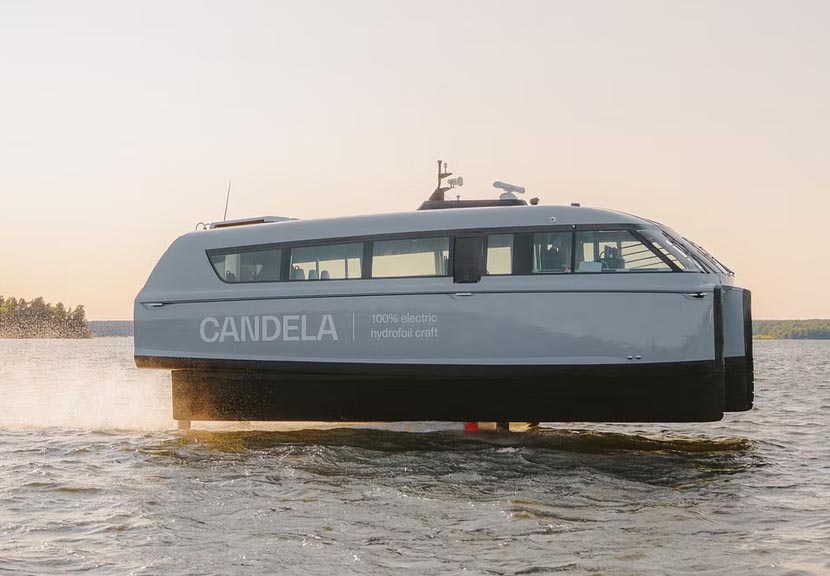
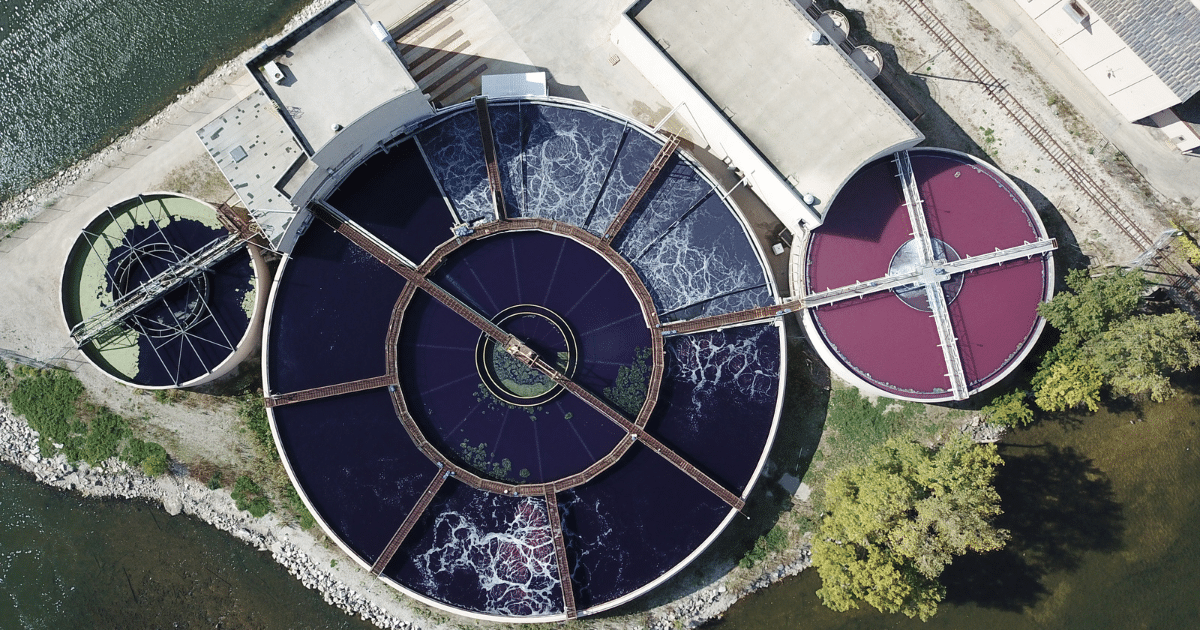










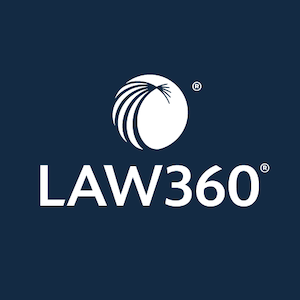











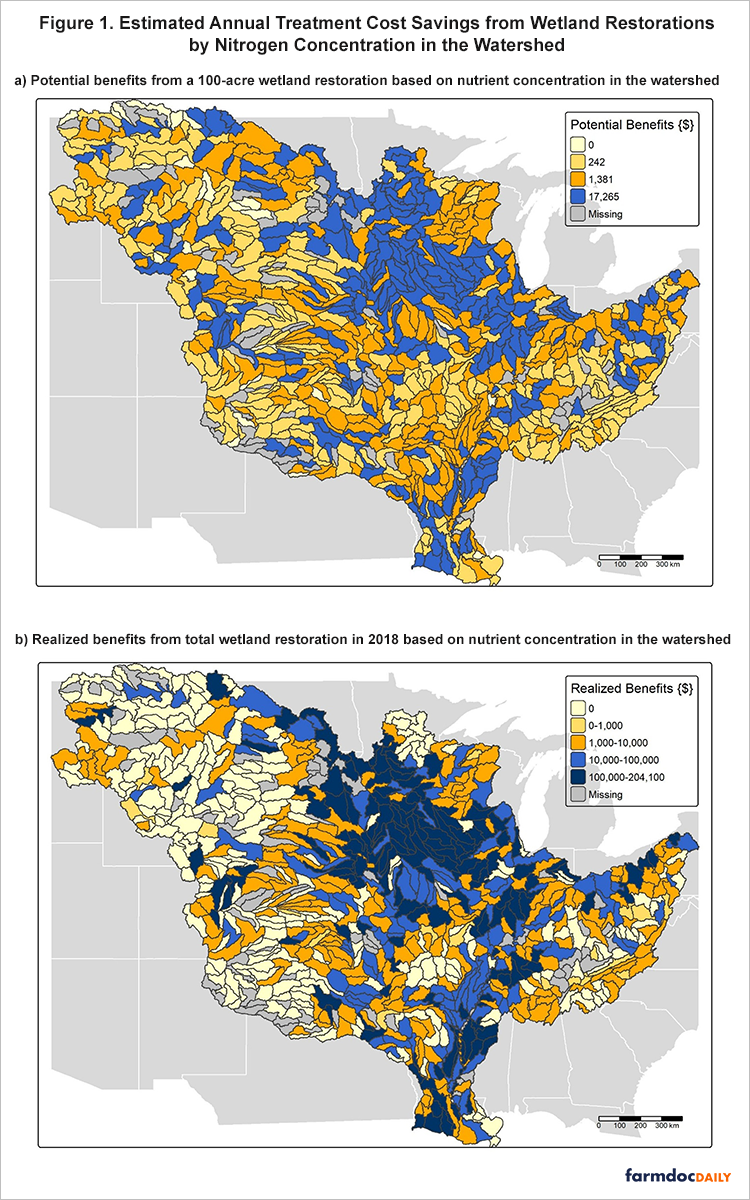
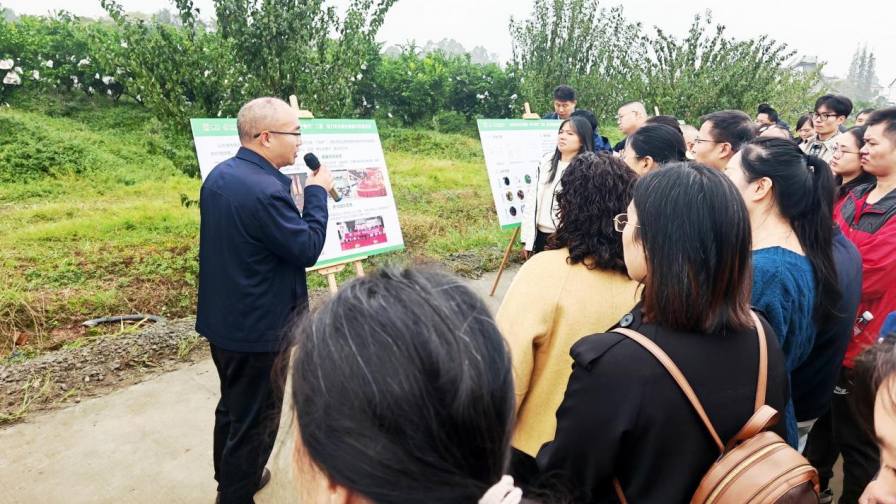

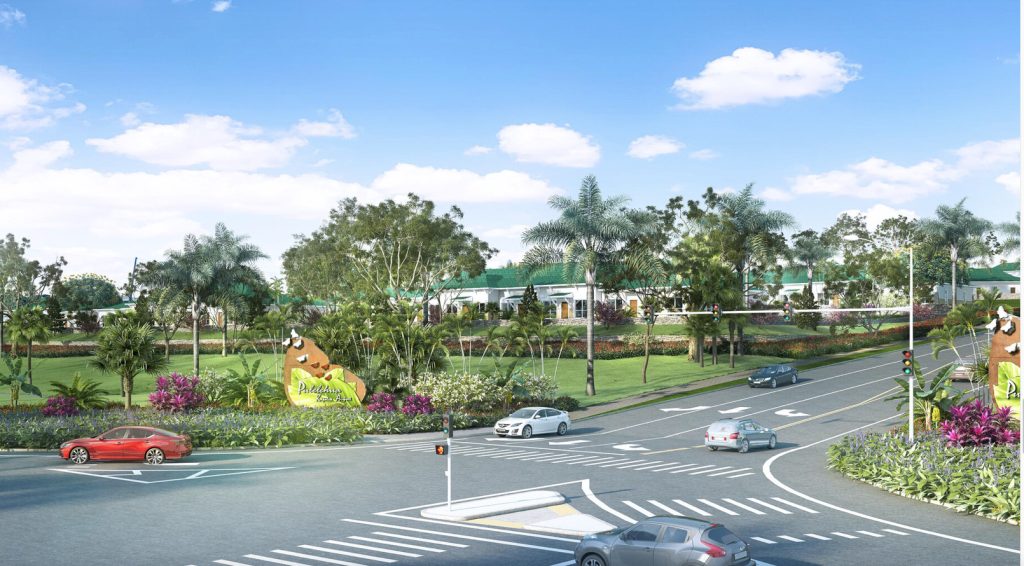



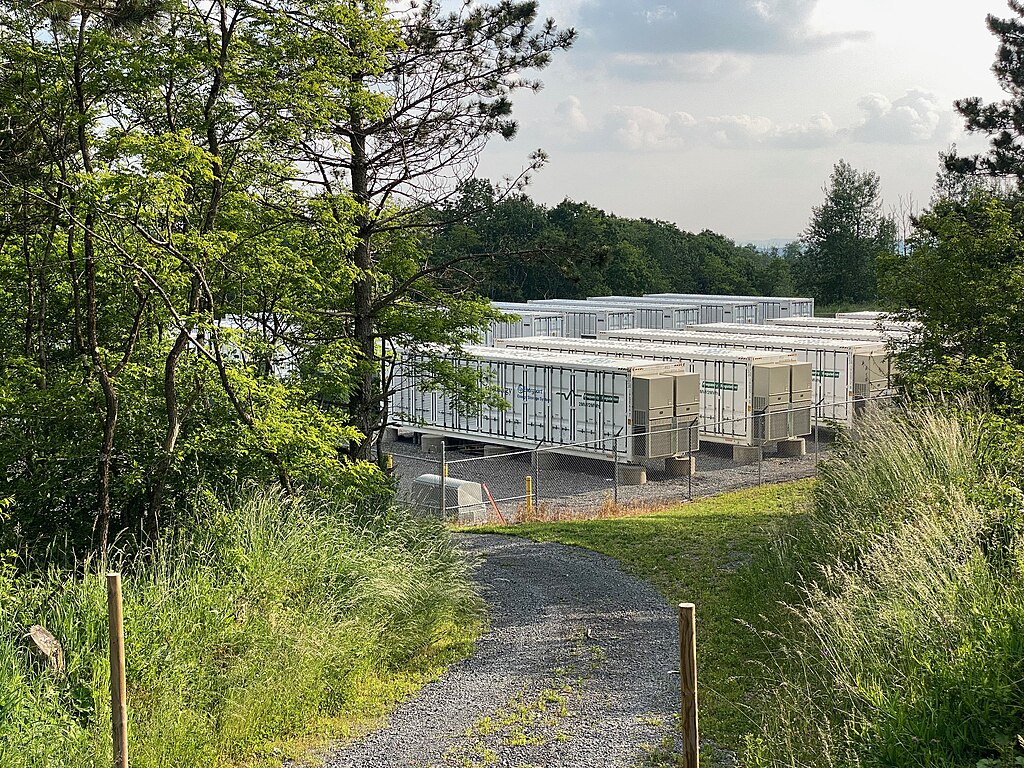
_2.png?#)
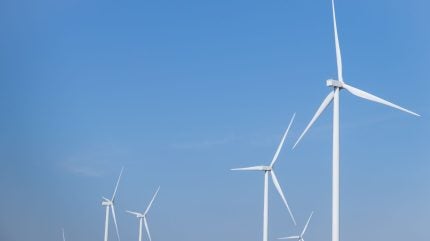










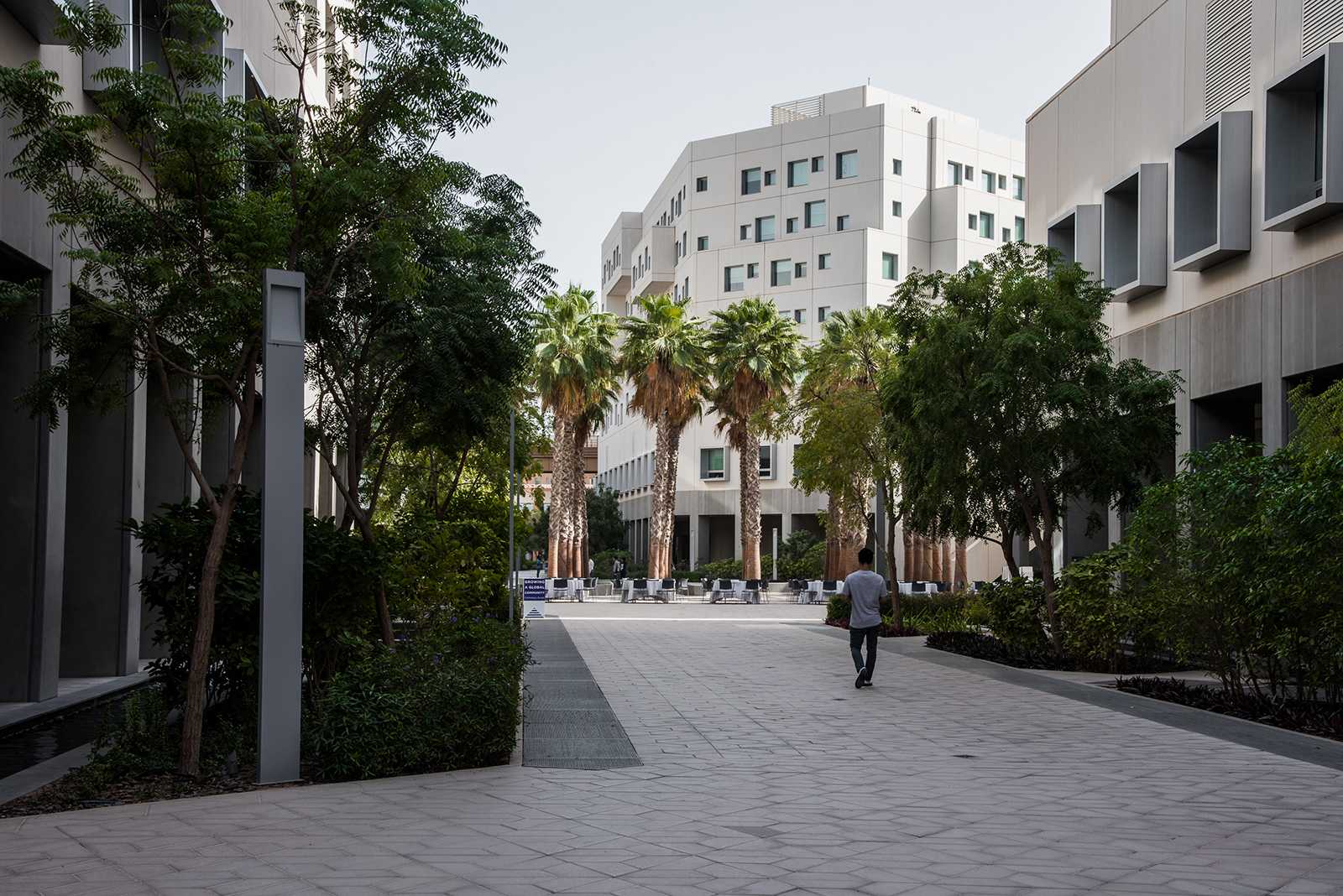

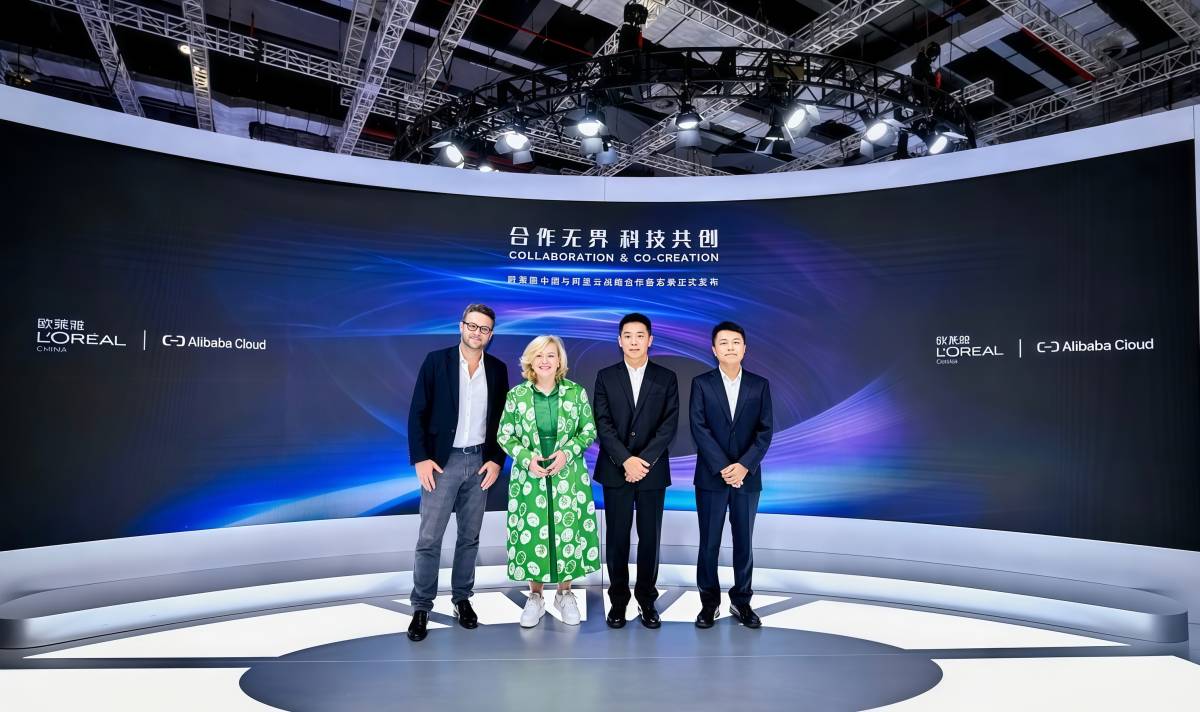








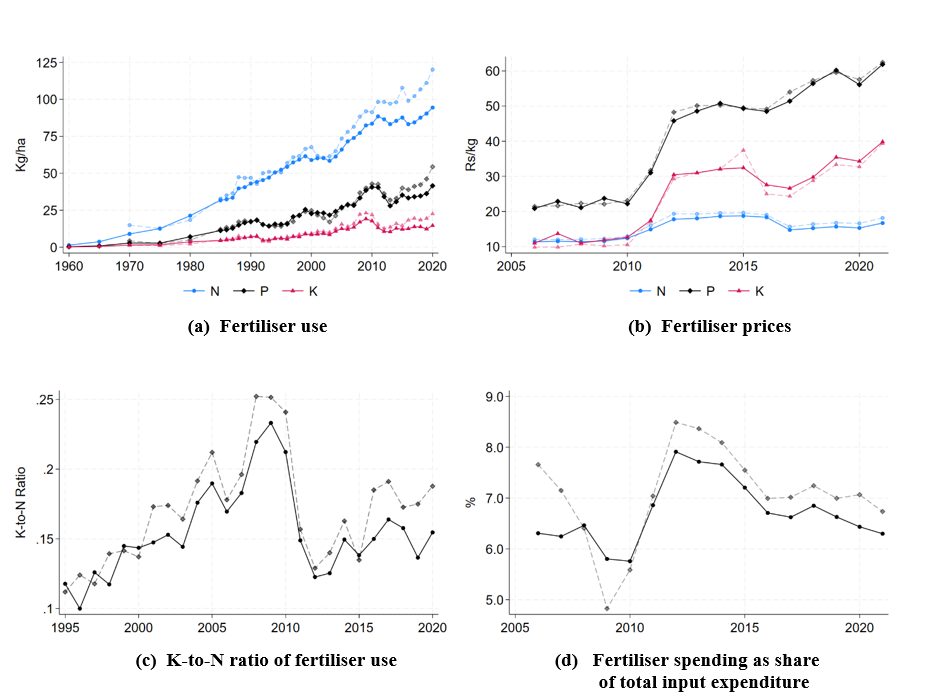
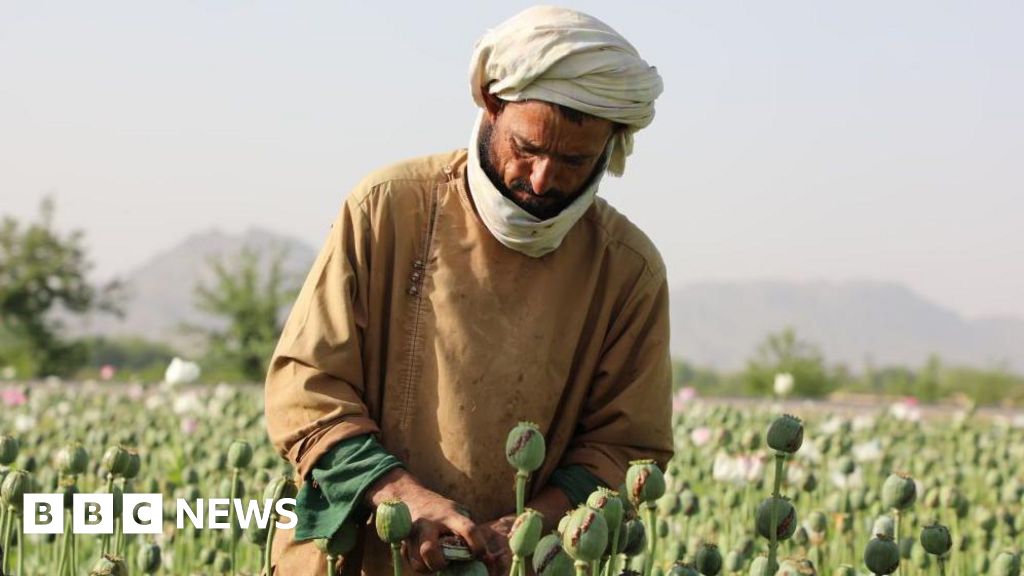





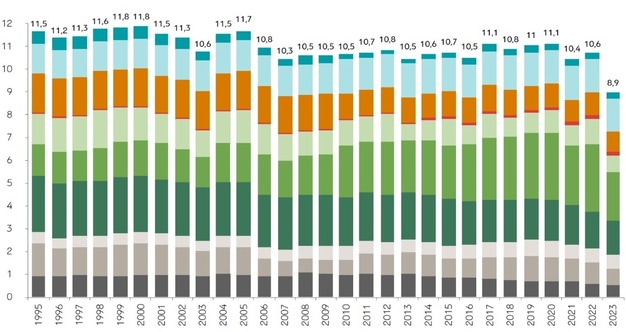
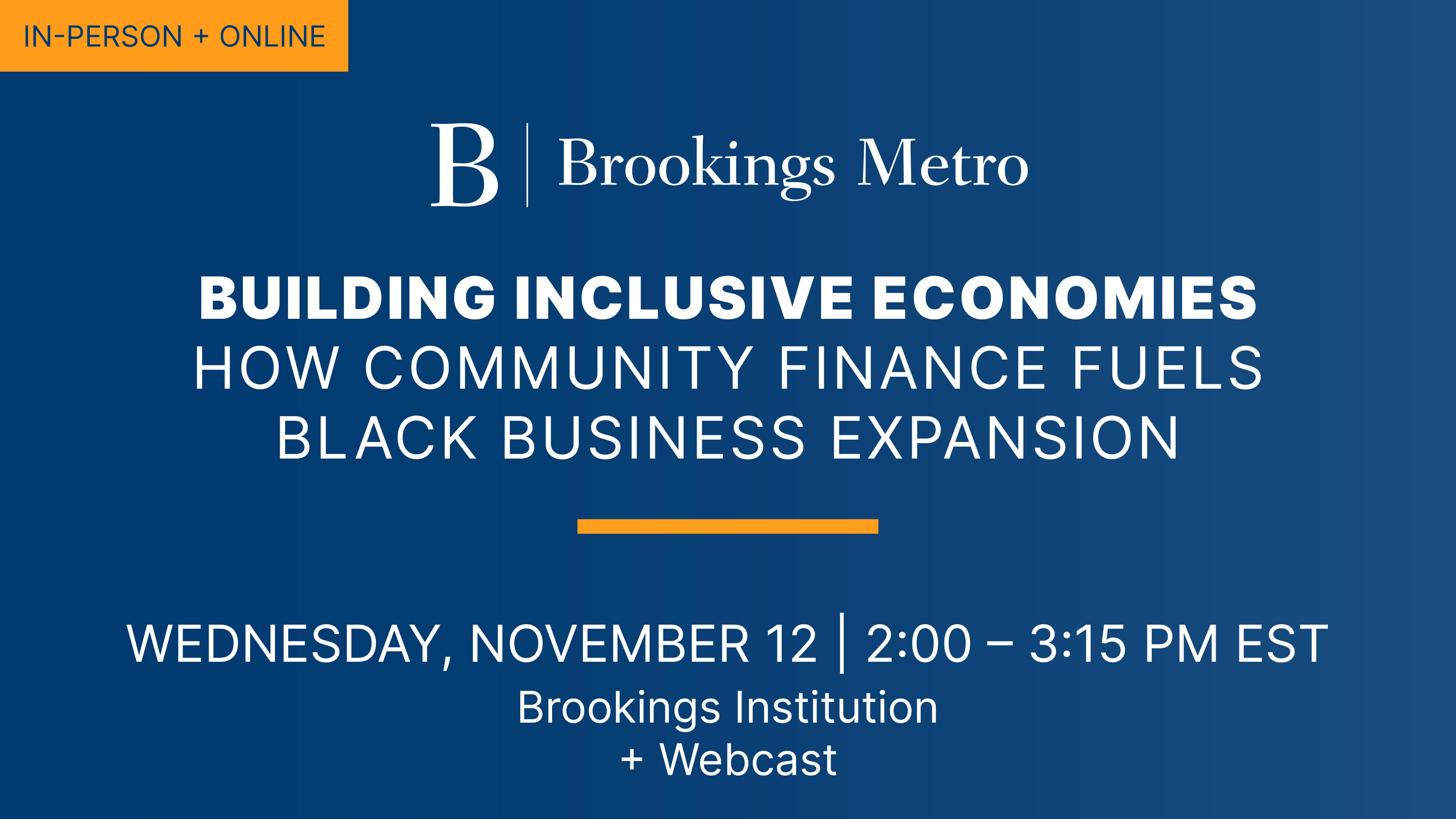
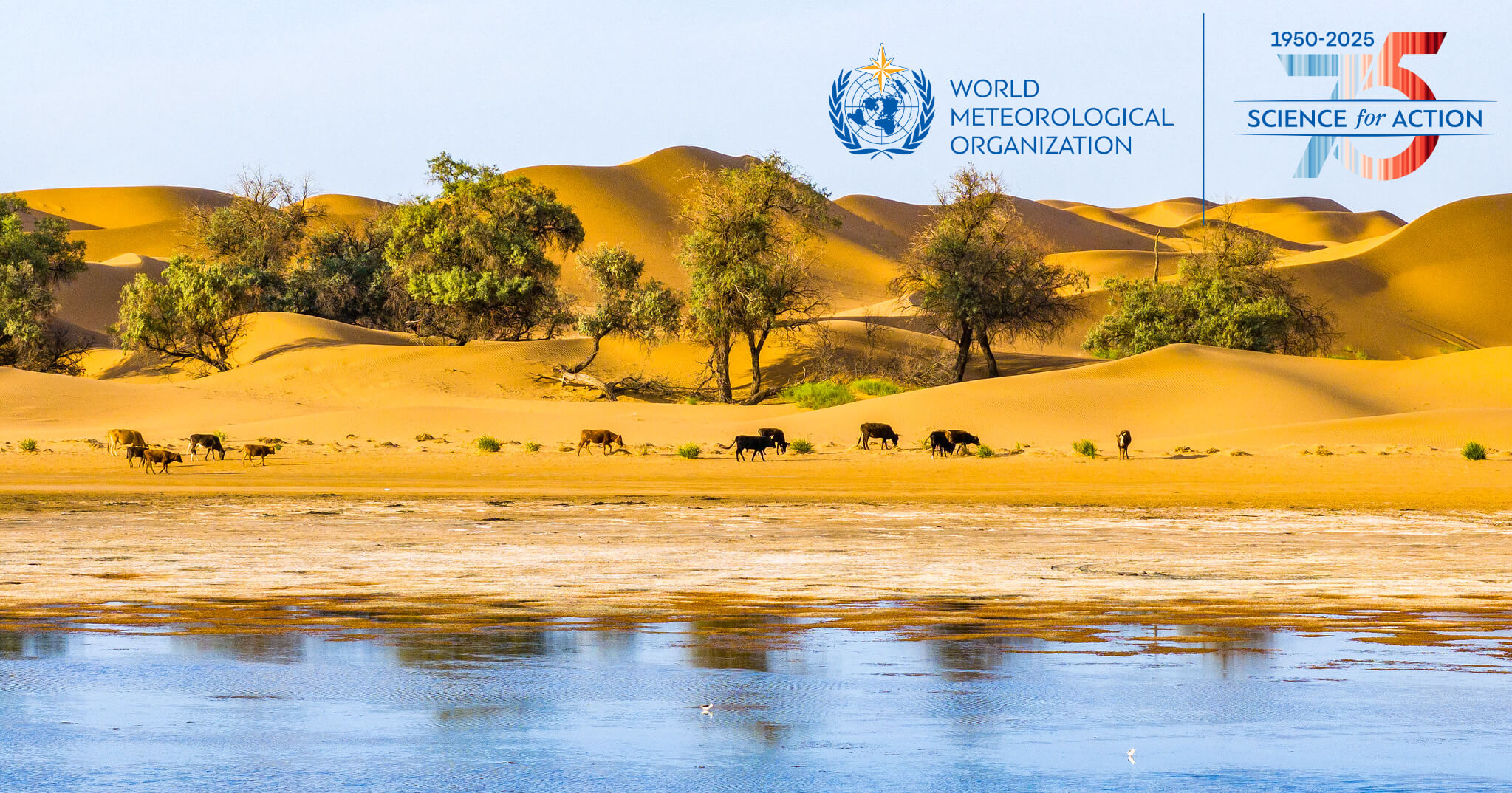

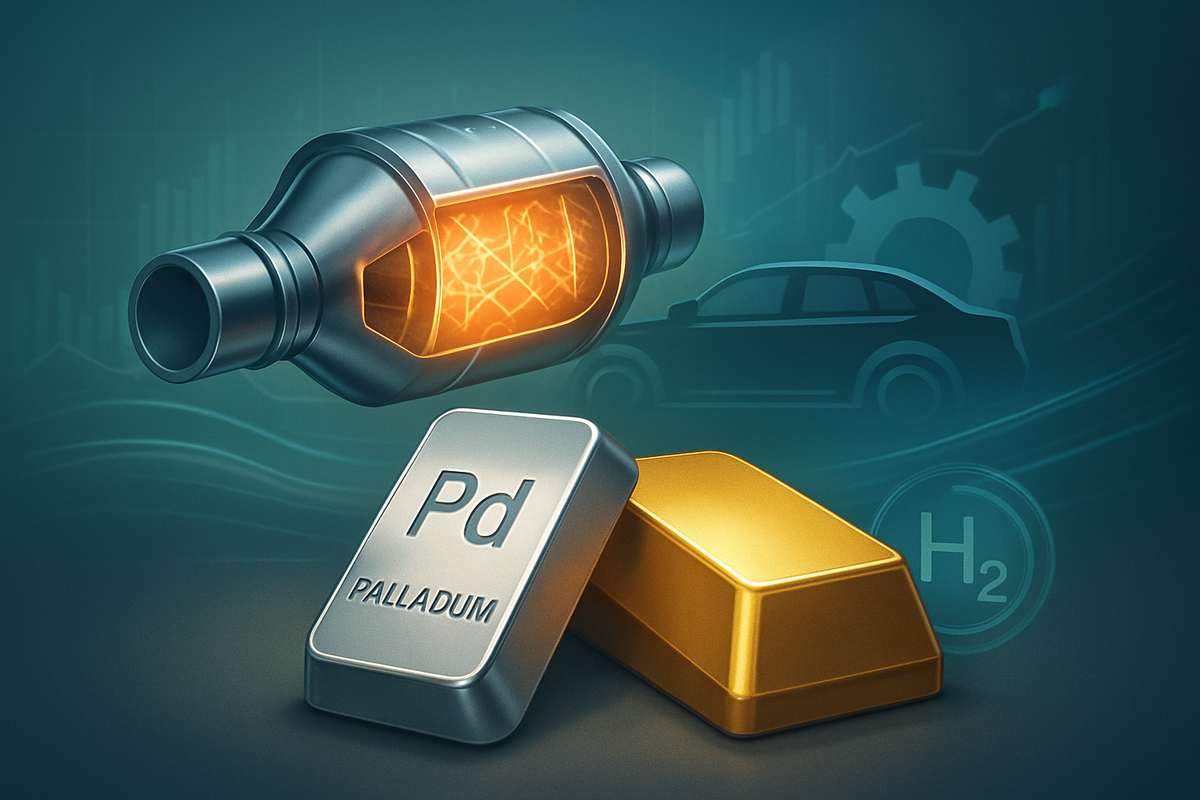


;Resize=620#)
